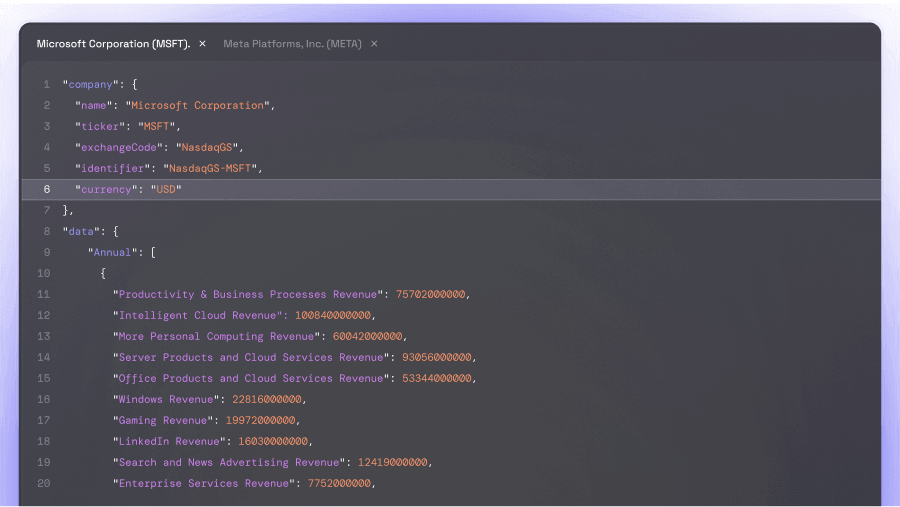What is Quantum Resistant Ledger? Quantum Resistant Ledger (QRL) is a blockchain-based cryptocurrency designed to provide protection against quantum computer attacks. It employs post-quantum cryptographic techniques to ensure secure transactions and safeguarding of the ledger. Unlike traditional blockchain systems, which may become vulnerable with the advent of quantum computing, QRL utilizes XMSS (Extended Merkle Signature Scheme) to provide quantum resistance. This innovative approach positions QRL as a pioneering solution in the realm of future-proof cryptographic security. Additional information about Quantum Resistant Ledger, including market data and performance statistics, can be accessed on the Eulerpool platform.
Quantum Resistant Ledger (QRL) is a groundbreaking blockchain platform crafted to withstand the forthcoming challenges posed by quantum computing. In contrast to traditional blockchains that depend on elliptic curve cryptography (ECDSA), QRL utilizes the hash-based eXtended Merkle Tree Signature Scheme (XMSS), a digital signature scheme that has been approved by NIST for post-quantum security. This cryptographic approach ensures the platform's security, even in the face of the advanced computational capacity offered by quantum computers. The QRL ecosystem emphasizes not only security but also offers a wide array of user-friendly applications and supports hardware wallet integration, making it both accessible and functional for everyday users. The platform boasts a robust development environment, empowering developers to create blockchain applications on a network that is verifiably quantum-resistant, which is essential for safeguarding digital assets and transactions against future threats. Furthermore, QRL's dedication to security is demonstrated through its use of PQ-CRYPTO recommended and IETF standardized cryptography. This compliance ensures that the platform remains at the cutting edge of cryptographic developments, providing a secure groundwork for digital asset management. The project's emphasis on cultivating a secure and user-friendly ecosystem is enhanced by its dynamic development community, which consistently endeavors to advance the platform's capabilities and applications.














